
Deutsch-Chinesische Enzyklopädie, 德汉百科
 Brazil
Brazil





伊瓜苏大瀑布是世界上最宽的瀑布,位于阿根廷与巴西边界上伊瓜苏河与巴拉那河合流点上游23公里处,为马蹄形瀑布,高82米,宽4公里。1984年,被联合国教科文组织列为世界自然遗产。
伊瓜苏瀑布(葡萄牙语:Cataratas do Iguaçu,西班牙语:Cataratas del Iguazú,当地的瓜拉尼语意为“大水”)是由位于巴西巴拉那州和阿根廷边界上的伊瓜苏河从巴西高原辉绿岩悬崖上落入巴拉那峡谷形成的瀑布。现时成为联合国世界自然遗产的一部分。
伊瓜苏瀑布与东非维多利亚瀑布及美加的尼加拉瀑布是世界三大瀑布。伊瓜苏瀑布实为一组瀑布群,由275股大小瀑布或急流组成,总宽度2.7公里,比尼亚加拉瀑布宽4倍,落差由平均60米至最高82米。年均流量1,750立方米/秒,雨季时瀑布最大流量为12,750立方米/秒,这时大小飞瀑也汇合成一个马蹄形大瀑布。
Die Iguazú-Wasserfälle (portugiesisch: Cataratas do Iguaçu [kata'ɾatɐs du igwa'su]; spanisch: Cataratas del Iguazú [kata'ɾatas del iɣwa'su]) sind die Wasserfälle des Flusses Iguaçu/Iguazú an der Grenze zwischen dem brasilianischen Bundesstaat Paraná (20 %) und der argentinischen Provinz Misiones (80 %).
Die Iguazú-Wasserfälle bestehen aus 20 größeren sowie 255 kleineren Wasserfällen auf einer Ausdehnung von 2,7 Kilometern. Einige sind bis zu 82 Meter, der Großteil ist 64 Meter hoch. Die Wassermenge an den Fällen schwankt von 1500 m³/s bis über 7000 m³/s. Das umgangssprachlich Garganta del Diablo (spanisch) beziehungsweise Garganta do Diabo (portugiesisch) oder „Teufelsschlund“ genannte Wasserfallsystem ist eine U-förmige, 150 Meter breite und 700 Meter lange Schlucht. Da die meisten Fälle in Argentinien liegen, ist der größere Panoramablick von der brasilianischen Seite aus möglich. Die Fälle sind durch mehrere größere und kleinere Inseln voneinander getrennt. Von den 2.700 Meter Ausdehnung fließt über ungefähr 900 Meter kein Wasser. Die Fälle liegen sowohl im argentinischen Nationalpark Iguazú als auch im brasilianischen Nationalpark Iguaçu. Diese wurden 1984 (Argentinien) und 1986 (Brasilien) zum UNESCO-Welterbe ernannt.
Der Name Iguazú hat seinen Ursprung aus den guaranischen Wörtern y für Wasser und guasu für groß. Als erster Europäer entdeckte der spanische Conquistador Álvar Núñez Cabeza de Vaca die Fälle; einer auf der argentinischen Seite ist nach ihm benannt.
In der Nähe liegen die Städte Foz do Iguaçu im brasilianischen Bundesstaat Paraná und Puerto Iguazú in der argentinischen Provinz Misiones und der Stausee Itaipú.
Die Iguazú-Wasserfälle (portugiesisch Cataratas do Iguaçu [kata'ɾatɐs du igwa'su], spanisch Cataratas del Iguazú [kata'ɾatas del iɣwa'su]) sind die Wasserfälle des Flusses Iguaçu/Iguazú an der Grenze zwischen dem brasilianischen Bundesstaat Paraná und der argentinischen Provinz Misiones.
イグアスの滝(イグアスのたき、スペイン語: Cataratas del Iguazú [kataˈɾatas ðel iɣwaˈsu]、ポルトガル語: Cataratas do Iguaçu [kataˈɾatɐʒ du iɡwaˈsu]、グアラニー語: Chororo Yguasu [ɕoɾoɾo ɨɣʷasu])は、南米大陸のアルゼンチン (80%)とブラジル(20%)の二国にまたがる世界最大の滝。イグアス (Iguazu) とは先住民のグアラニ族の言葉で大いなる水 (Y Guazú)という意味。
Iguazú Falls or Iguaçu Falls (Spanish: Cataratas del Iguazú [kataˈɾatas ðel iɣwaˈsu]; Guarani: Chororõ Yguasu [ɕoɾo'ɾõ ɨɣʷa'su]; Portuguese: Cataratas do Iguaçu [kataˈɾatɐs du iɡwaˈsu]) are waterfalls of the Iguazu River on the border of the Argentine province of Misiones and the Brazilian state of Paraná. Together, they make up the largest waterfall in the world.[2] The falls divide the river into the upper and lower Iguazu. The Iguazu River rises near the heart of the city of Curitiba. For most of its course, the river flows through Brazil; however, most of the falls are on the Argentine side. Below its confluence with the San Antonio River, the Iguazu River forms the border between Argentina and Brazil.
The name "Iguazú" comes from the Guarani or Tupi words "y" [ɨ], meaning "water", and "ûasú "[waˈsu], meaning "big".[3] Legend has it that a deity planned to marry a beautiful woman named Naipí, who fled with her mortal lover Tarobá in a canoe. In a rage, the deity sliced the river, creating the waterfalls and condemning the lovers to an eternal fall.[3] The first European to record the existence of the falls was the Spanish Conquistador Álvar Núñez Cabeza de Vaca in 1541.
Les chutes d'Iguazú (en espagnol : cataratas del Iguazú), chutes d'Iguaçu (en portugais : cataratas do Iguaçu) ou encore chutes d'Iguassu, situées au milieu de la forêt tropicale, à la frontière entre l'Argentine (80 %) et le Brésil (20 %), sont une merveille naturelle inscrite au patrimoine mondial par l'UNESCO en 1984. Le premier Européen à le contempler est Álvar Núñez Cabeza de Vaca au XVIe siècle. De part et d'autre des chutes ont été créés des parcs nationaux, le parc national de l'Iguaçu au Brésil et le parc national d'Iguazú en Argentine.
Le cascate dell'Iguazú (port. Cataratas do Iguaçu, sp. Cataratas del Iguazú, guaraní Chororo Yguasu) sono cascate generate dal fiume Iguazú al confine tra la provincia argentina di Misiones (80%) e lo Stato brasiliano del Paraná (20%).
Las Cataratas del Iguazú (en portugués: cataratas do Iguaçu), llamadas popularmente en Argentina como «Cataratas» o «Cataratas de Iguazú», son un conjunto de cataratas que se localizan sobre el río Iguazú, en el límite entre la provincia de Misiones y el estado brasileño de Paraná. Están totalmente insertadas en áreas protegidas; el sector de la Argentina se encuentra dentro del parque nacional Iguazú, mientras que el de Brasil se encuentra en el parque nacional do Iguaçu. Fueron elegidas como una de las «Siete maravillas naturales del mundo».
Están formadas por 275 saltos, el 80 % de ellos se ubican del lado argentino. Un espectáculo aparte es su salto de mayor caudal y, con 80 m, también el más alto: la Garganta del Diablo, el cual se puede disfrutar en toda su majestuosidad desde solo 50 m, recorriendo las pasarelas que parten desde Puerto Canoas, al que se llega utilizando el servicio de trenes ecológicos. Por este salto pasa la frontera entre ambos países. Se pueden realizar paseos en lancha bajo los saltos y caminatas por senderos apreciando algunos animales de la selva semitropical perteneciente al distrito fitogeográfico de las selvas mixtas de la provincia fitogeográfica paranaense.
Las cataratas del Iguazú son reconocidas de forma unánime como las más espectaculares del mundo. El botánico suizo Robert Chodat (1865-1934) describió elocuentemente su imponente grandeza: “Cuando nos encontramos al pie de este mundo de cascadas, y alzando los ojos vemos, a 82 metros por encima de nosotros, el horizonte ocupado por una línea de aguas, el asombroso espectáculo de un océano cayendo a raudales en un abismo es casi escalofriante.” Maravillado ante la belleza de tal espectáculo el botánico suizo describió la flora y fauna característicos de la zona: “Una exuberante y casi tropical vegetación, la frondosidad de los grandes helechos, las cañas de los bambúes, los graciosos troncos de las palmeras y miles de especies de árboles, con sus copas inclinándose sobre el abismo adornado con musgos, begonias rojas, orquídeas de oro, bromelias brillantes y bejucos con flores trompetas…”3
Водопа́ды Игуасу́ (исп. Cataratas del Iguazú, порт. Cataratas do Iguaçu) — комплекс из 275 водопадов[1][2] на реке Игуасу, расположенный на границе Бразилии (штат Парана) и Аргентины (провинция Мисьонес). Водопады находятся на границе аргентинского и бразильского национальных парков «Игуасу». Оба парка были включены в список Всемирного наследия ЮНЕСКО (в 1984 и 1986 годах, соответственно)[3].
Название Iguazú (Игуасу) происходит от слов на языке гуарани y (вода) и guasu (большой)[4].

 Egypt
Egypt
 Australia
Australia
 Belgium
Belgium
 Brazil
Brazil
 Denmark
Denmark
 Germany
Germany
 Finland
Finland
 France
France
 Greece
Greece

 Hand in Hand
Hand in Hand

 Hand in Hand
Hand in Hand
 Driver's license
Driver's license
 India
India
 Indonesia
Indonesia
 Italy
Italy
 Japan
Japan
 Canada
Canada
 Kasachstan
Kasachstan
 Croatia
Croatia
 Malaysia
Malaysia
 Mexico
Mexico

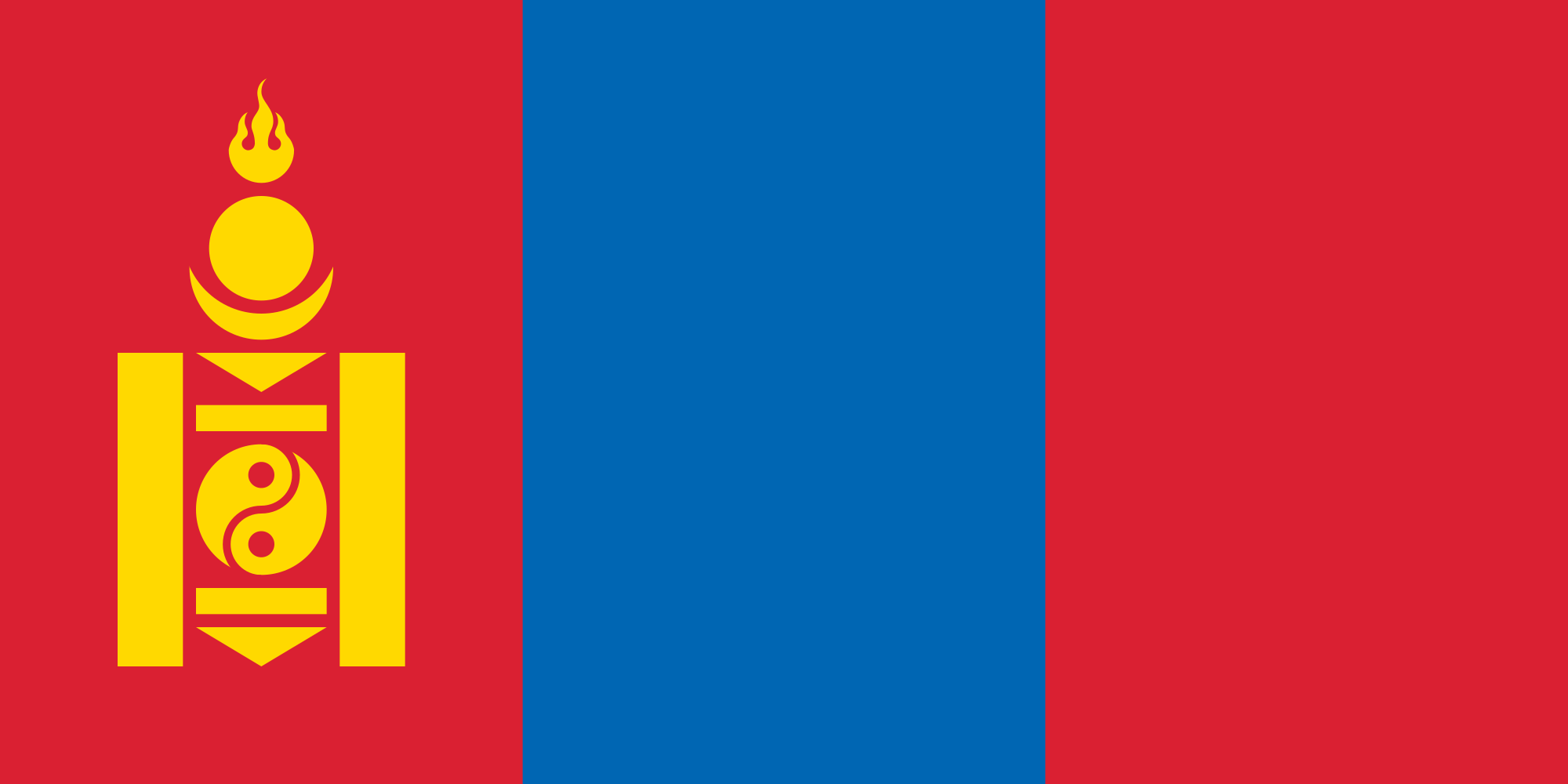 Mongolei
Mongolei
 New Zealand
New Zealand
 Netherlands
Netherlands
 Useful info
Useful info
 Austria
Austria
 Portugal
Portugal
 Republic of Korea
Republic of Korea
 Russia
Russia
 Saudi Arabia
Saudi Arabia
 Sweden
Sweden
 Switzerland
Switzerland
 Singapore
Singapore
 Spain
Spain
 South Africa
South Africa
 Thailand
Thailand
 Czech Republic
Czech Republic
 Turkey
Turkey
 Hungary
Hungary

 Vacation and Travel
Vacation and Travel
 United Arab Emirates
United Arab Emirates
 United States
United States
 United Kingdom
United Kingdom
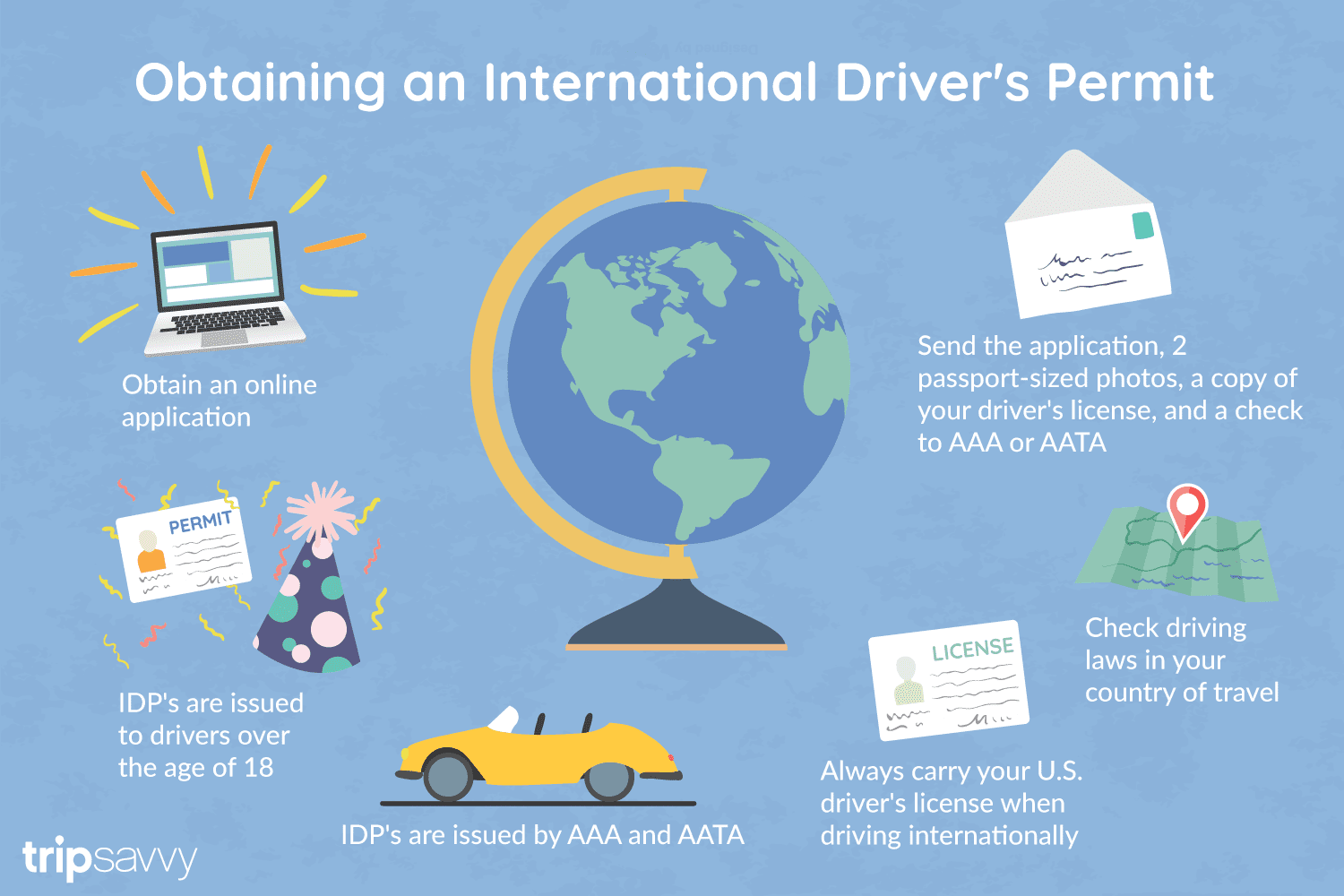
国际驾驶执照(International Driving Permit)依照1949年日内瓦国际道路交通公约及1968年维也纳国际道路交通公约,由公约签署国政府签发,方便本国驾驶员在其他签约国驾驶私人车辆。国际驾驶执照为附加在一国驾驶执照之上的一本附加多国语言的说明,标注了驾驶人的基本信息以及允许驾驶的对应车辆种类等,解决驾驶员与其他国家的交通管理部门之间的沟通障碍。国际驾照不能独立存在,当驾驶员同时持有一国驾照与该国政府签发的国际驾照时,此国际驾照才视作有效。[1]
国际驾驶执照之内容及格式依照维也纳道路交通会议制订,但并非各国均批准该公约。
Ein Internationaler Führerschein ist ein Dokument, das von den Straßenverkehrsbehörden oder Automobilclubs[1] eines Landes aufgrund zwischenstaatlicher Verträge ausgestellt wird. Er soll vor allem der Polizei eines anderen Landes die Feststellung ermöglichen, ob ein ausländischer Kraftfahrer die Fahrerlaubnis hat, die für sein aktuelles Fahrzeug erforderlich ist.
An International Driver's Permit (IDP) allows you to drive a vehicle in another country, as long as you also have a valid driver's license issued by your state. It is also recognized as a proper form of identification in over 175 countries and by many major car rental companies internationally.
Getting an International Driver's Permit (sometimes incorrectly called an international driver's license) can take anywhere from a day to a few weeks, depending on whether you're going through walk-in processing or applying via mail, so make sure to plan ahead if you're planning to drive on your international trip. There are only two locations in the United States that issue these documents: The American Automobile Association (AAA) and the American Automobile Touring Alliance (AATA).
In the United States, International Driver Permits (IDPs) are only issued by the American Automobile Association and the American Automobile Touring Alliance, and the State Department recommends against purchasing an IDP from other outlets as they are all entirely illegal to buy, carry, or sell.
IDPs can be issued to anyone over 18 who has had a valid driver's license for six months or longer. They typically remain valid for one year or the expiration of your existing state driving license. It's essential to investigate an IDP before your trip and make sure you know the requirements.
Both AAA and AATA are excellent sources for these documents, so once you've selected a provider, go to either the AAA's or NAATA's website, print out the International Driving Permit Application, complete all applicable fields, and submit it.
Once you have the application completed, you can send it in via the mail or visit a local office of an organization like AAA; you'll also need two original passport-sized photos and a signed copy of your valid U.S. driver's license as well as an enclosed check for the fee.
Tips to Getting and Using Your Permit
AAA offices can process IDPs during your visit, but processing generally takes 10 to 15 business days if you send the application in. However, expedited services may be available to get your license within one or two business days for an additional fee.
When applying, you'll need a computer and printer, a completed application, a copy of your valid U.S. driver's license, two passport photos, and a check, money order, or credit card to complete the process. Remember to bring these with you if you're applying in person.
Always make sure to carry your valid United States driver's license when driving internationally, as your IDP is invalid without this accompanying proof of eligibility to drive. IDPs only translate domestically-accepted licenses and do not allow those without government-issued driver's licenses to drive abroad.
You'll also want to make sure to enclose the proper fees (the fee for the IDP, as well as any shipping and handling fees), photos, and photocopies of your license when submitting your application to AAA or AATA as omitting any of these required documents will result in your application being rejected.
You should also check the driving requirements and laws for the countries you will be driving in on your vacation, so you'll know what will be required in the event you get stopped by local authorities. (Quelle:https://www.tripsavvy.com/)
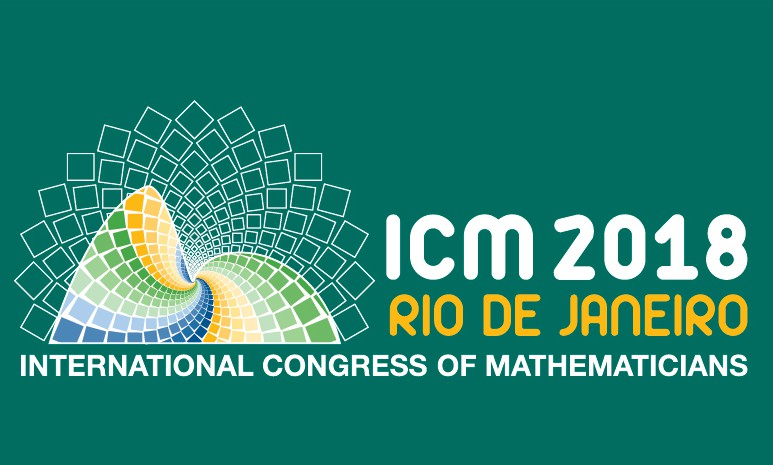
 Argentina
Argentina
 Australia
Australia
 Belgium
Belgium
 Brazil
Brazil
 China
China
 Denmark
Denmark
 Germany
Germany

 Financial
Financial
 International Bank for Cooperation
International Bank for Cooperation
 France
France
 India
India
 Indonesia
Indonesia
 Internationaler Währungsfonds
Internationaler Währungsfonds
 Camille Gutt
Camille Gutt
 Internationaler Währungsfonds
Internationaler Währungsfonds
 Christine Lagarde
Christine Lagarde
 Internationaler Währungsfonds
Internationaler Währungsfonds
 Dominique Strauss-Kahn
Dominique Strauss-Kahn
 Internationaler Währungsfonds
Internationaler Währungsfonds
 Horst Köhler
Horst Köhler
 Internationaler Währungsfonds
Internationaler Währungsfonds
 Ivar Rooth
Ivar Rooth
 Internationaler Währungsfonds
Internationaler Währungsfonds
 Jacques de Larosière
Jacques de Larosière
 Internationaler Währungsfonds
Internationaler Währungsfonds
 Johan Witteveen
Johan Witteveen
 Internationaler Währungsfonds
Internationaler Währungsfonds
 Michel Camdessus
Michel Camdessus
 Internationaler Währungsfonds
Internationaler Währungsfonds
 Per Jacobsson
Per Jacobsson
 Internationaler Währungsfonds
Internationaler Währungsfonds
 Pierre-Paul Schweitzer
Pierre-Paul Schweitzer
 Internationaler Währungsfonds
Internationaler Währungsfonds
 Rodrigo Rato
Rodrigo Rato
 Internationaler Währungsfonds
Internationaler Währungsfonds
 Kristalina Georgiewa
Kristalina Georgiewa
 Italy
Italy
 Japan
Japan
 Canada
Canada
 Malaysia
Malaysia
 Mexico
Mexico
 Netherlands
Netherlands
 Nigeria
Nigeria
 Norwegen
Norwegen
 Austria
Austria
 Poland
Poland
 Republic of Korea
Republic of Korea
 Russia
Russia
 Saudi Arabia
Saudi Arabia
 Sweden
Sweden
 Switzerland
Switzerland
 Spain
Spain
 South Africa
South Africa
 Venezuela
Venezuela
 United States
United States
 United Kingdom
United Kingdom

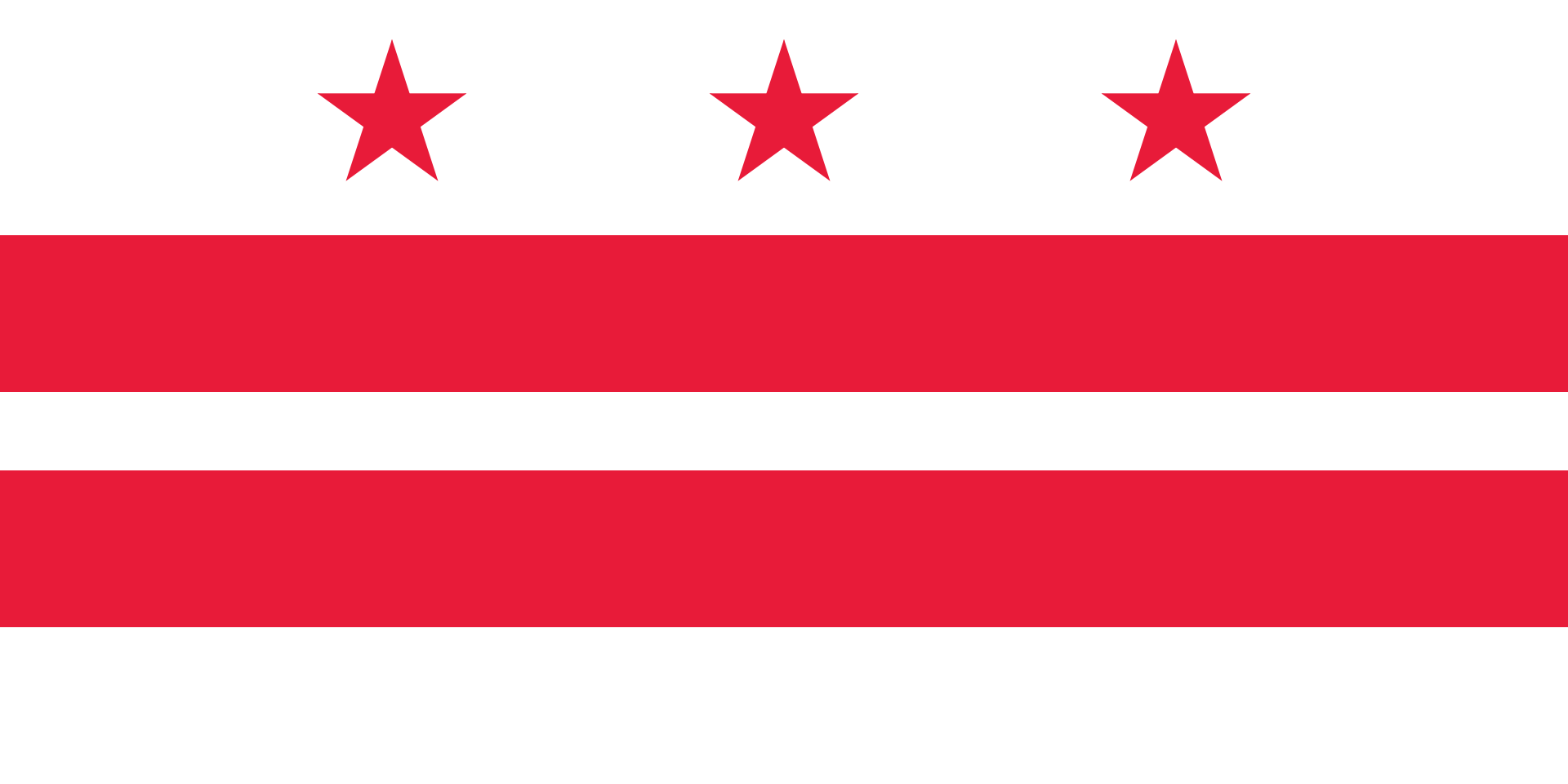 Washington, D.C.
Washington, D.C.

 Important International Organizations
Important International Organizations

 Economy and trade
Economy and trade
 Economic and political research
Economic and political research

国际货币基金组织(法语:Fonds Monétaire International,缩写:FMI;英语:International Monetary Fund,缩写:IMF)于1945年12月27日成立,与世界银行同为世界两大金融机构,由189个国家组成,致力于促进全球货币合作,确保金融稳定,促进国际贸易。职责是监察货币汇率和各国贸易情况、提供技术和资金协助[3][4][5],确保全球金融制度运作正常;其总部设置于美国华盛顿特区。
Der Internationale Währungsfonds (IWF; englisch International Monetary Fund, IMF; auch bekannt als Weltwährungsfonds) ist eine rechtlich, organisatorisch und finanziell selbständige Sonderorganisation der Vereinten Nationen mit Sitz in Washington, D.C., USA.
Hauptaufgabe des IWF ist die Vergabe von Krediten an Länder ohne ausreichende Währungsreserven, die in Zahlungsbilanzschwierigkeiten geraten sind. Weitere Tätigkeitsfelder sind die Förderung der internationalen Zusammenarbeit in der Währungspolitik, Ausweitung des Welthandels, Stabilisierung von Wechselkursen, Überwachung der Geldpolitik und technische Hilfe.
Der IWF und seine Schwesterorganisation Weltbank haben ihren Ursprung im 1944 geschaffenen Bretton-Woods-System fester Wechselkurse, das auf der damals mit Gold gedeckten Leitwährung US-Dollar beruhte. Sie waren als internationale Steuerungsinstrumente geplant, mit denen eine Wiederholung der Währungsturbulenzen der Zwischenkriegszeit und der Fehler des Goldstandards aus den 1920er Jahren verhindert werden sollte. Beide Organisationen werden daher als Bretton-Woods-Institution bezeichnet. Die Kreditvergabe des IWF ist an wirtschaftspolitische Auflagen geknüpft, die die Rückzahlung der Kredite sichern sollen. Anders als der IWF vergibt die Weltbank auch Kredite für spezielle Projekte.
Der IWF hat zurzeit (Stand April 2020) 189 Mitgliedstaaten, deren Stimmrecht sich an ihrem Kapitalanteil orientiert. Die Mitgliedstaaten mit den größten Stimmanteilen sind: USA 16,51 %, Japan 6,15 %, China 6,08 %, Deutschland 5,32 %, Frankreich 4,03 %, Vereinigtes Königreich 4,03 % und Italien 3,02 %. Von den deutschsprachigen Ländern haben außerdem Luxemburg 0,29 %, Österreich 0,81 % und die Schweiz 1,18 % Stimmenanteile.[4]
Beschlüsse müssen im IWF mit einer Mehrheit von 85 % getroffen werden. Dadurch verfügen jeweils die USA allein und die EU-Staaten gemeinsam de facto über eine Sperrminorität.[5]
国際通貨基金(こくさいつうかききん、英語: International Monetary Fund, IMF)は、国際金融、並びに、為替相場の安定化を目的として設立された国際連合(国連)の専門機関である。本部は、アメリカ合衆国の首都ワシントンD.C.にある。2018年現在、加盟国は189か国である[2]。
加盟国の経常収支が著しく悪化した場合などに融資などを実施することで、国際貿易の促進、加盟国の高水準の雇用と国民所得の増大、為替の安定、などに寄与する事を目的としている。 また、為替相場の安定のために、経常収支が悪化した国への融資や、為替相場と各国の為替政策の監視などを行っている。各国の中央銀行の取りまとめ役のような役割を負う。世界銀行と共に、国際金融秩序の根幹を成す。
The International Monetary Fund (IMF) is an international organization headquartered in Washington, D.C., consisting of 189 countries working to foster global monetary cooperation, secure financial stability, facilitate international trade, promote high employment and sustainable economic growth, and reduce poverty around the world while periodically depending on the World Bank for its resources.[1] Formed in 1944 at the Bretton Woods Conference primarily by the ideas of Harry Dexter White and John Maynard Keynes,[6] it came into formal existence in 1945 with 29 member countries and the goal of reconstructing the international payment system. It now plays a central role in the management of balance of payments difficulties and international financial crises.[7] Countries contribute funds to a pool through a quota system from which countries experiencing balance of payments problems can borrow money. As of 2016, the fund had XDR 477 billion (about US$ 667 billion).[8]
Through the fund and other activities such as the gathering of statistics and analysis, surveillance of its members' economies, and the demand for particular policies,[9] the IMF works to improve the economies of its member countries.[10] The organization's objectives stated in the Articles of Agreement are:[11] to promote international monetary co-operation, international trade, high employment, exchange-rate stability, sustainable economic growth, and making resources available to member countries in financial difficulty.[12] IMF funds come from two major sources: quotas and loans. Quotas, which are pooled funds of member nations, generate most IMF funds. The size of a member's quota depends on its economic and financial importance in the world. Nations with larger economic importance have larger quotas. The quotas are increased periodically as a means of boosting the IMF's resources in the form of special drawing rights.[13]
The current Managing Director (MD) and Chairwoman of the IMF is Bulgarian Economist Kristalina Georgieva, who has held the post since October 1, 2019.[14]
Gita Gopinath was appointed as Chief Economist of IMF from 1 October 2018. She received her PhD in economics from Princeton University. Prior to her IMF appointment she was economic adviser to the Chief Minister of Kerala, India.[15]
Le Fonds monétaire international (FMI) est une institution internationale regroupant 189 pays, dont le but est de promouvoir la coopération monétaire internationale, garantir la stabilité financière, faciliter les échanges internationaux, contribuer à un niveau élevé d’emploi, à la stabilité économique et faire reculer la pauvreté2.
Le FMI a ainsi pour fonction d'assurer la stabilité du système monétaire international (SMI) et la gestion des crises monétaires et financières. Pour cela, il fournit des crédits aux pays qui connaissent des difficultés financières mettant en péril l'organisation gouvernementale du pays, la stabilité de son système financier (banques, marchés financiers) ou les flux d'échanges de commerce international avec les autres pays.
Lors d'une crise financière, pour éviter qu’un pays ne fasse « défaut » (c’est-à-dire que ce pays ne puisse plus rembourser ses créanciers, voire ne plus payer ses dépenses courantes), le FMI lui prête de l’argent le temps que la confiance des agents économiques revienne. Le FMI conditionne l’obtention de prêts à la mise en place de certaines réformes économiques visant en principe à réguler la gestion des finances publiques (ingérence financière) et à établir une croissance économique équilibrée à long terme.
L'institution a été créée le 27 décembre 1945 et devait à l'origine garantir la stabilité du système monétaire international, dont l'écroulement après le krach de 1929 avait eu des effets catastrophiques sur l'économie mondiale. Après 1976 et la disparition d’un système de change fixe, le FMI perd l'essentiel de sa raison d'être et hérite d'un nouveau rôle face aux problèmes d'endettement des pays en développement et à certaines crises financières.
Il Fondo Monetario Internazionale (in sigla FMI; in inglese International Monetary Fund, IMF) è un'organizzazione internazionale pubblica[1] a carattere universale composta dai governi nazionali di 189 Paesi e insieme al gruppo della Banca Mondiale fa parte delle organizzazioni internazionali dette di Bretton Woods, dal nome della località in cui si tenne la famosa conferenza che ne sancì la creazione. L'FMI è stato formalmente istituito il 27 dicembre 1945, quando i primi 44 stati firmarono l'accordo istitutivo e l'organizzazione nacque nel maggio del 1946. Attualmente gli Stati membri sono 189.
El Fondo Monetario Internacional o FMI (en inglés: International Monetary Fund, IMF) es una organización financiera internacional con sede en Washington D. C., Estados Unidos. Nace como idea el 22 de julio de 1944 en los acuerdos de Bretton Woods, una reunión de 730 delegados de 44 países aliados de la Segunda Guerra Mundial, entrando en vigor oficialmente el 27 de diciembre de 1945. Después de 1976 y de la desaparición del sistema de cambio fijo, el FMI toma un papel preponderante ante países en desarrollo y crisis financieras internacionales. En 2010, durante la 14ª revisión general de cuotas los fondos financieros disponibles del FMI se situaban en 755 700 millones de U.S.dólares.1
A través del fondo y otras actividades como la recolección de estadísticas y datos, monitoreo de las actividades económicas de los países miembros, y la demanda de políticas concretas,2 el FMI trabaja para mejorar la economía de sus países miembros.3 Los objetivos proclamados por la organización son:4 promover la cooperación monetaria internacional, comercio internacional, reducir la desocupación, conseguir tasas de cambio sustentables, lograr crecimiento económico, y otorgar razonablemente recursos a países miembros en dificultades económicas.5 El FMI se financia con dos grandes herramientas: cuotas y préstamo. Las cuotas son aportes realizados por los países miembros al fondo común de la organización. Las mayores economías hacen aportes proporcionales mayores que las economías más pequeñas. Además, las obligaciones de cuotas aumentan periódicamente como forma de aumentar los recursos de los que puede disponer el FMI en forma de derechos especiales de giro.6
Esta organización ha sido fuertemente criticada en las últimas décadas. Las principales críticas se centran en el papel dominante que tienen los países desarrollados dentro del organismo, lo que causa que el FMI oriente sus políticas globales al fomento de un capitalismo que suele denominarse neoliberal,7 a causa de haber impuesto a los países en vías de desarrollo —y más recientemente a algunos países europeos— sus programas económicos basados en el Consenso de Washington que consisten en la reducción del déficit y del gasto público y consecuentemente de servicios y prestaciones sociales, con fundamento en las políticas y teorías monetaristas y en el principio de libre mercado,8 que deben llevarse a cabo como condiciones de los préstamos realizados y que según sus críticos ha provocado un aumento de la brecha entre ricos y pobres y un empeoramiento de los servicios públicos, como la sanidad.9 También está acusada por haber apoyado y financiado a las dictaduras militares en Latinoamérica y Africa,10 y se le han criticado puntualmente sus políticas sobre medio ambiente11 y alimentación.12
Международный валютный фонд, (МВФ) (англ. International Monetary Fund, IMF) — специализированное учреждение (валютный фонд) Организации объединённых наций (ООН) с главным офисом в городе Вашингтон, США.
189 стран являются членами МВФ, в его структурах работают 2500 человек из 133 государств мира. МВФ предоставляет кратко- и среднесрочные кредиты при дефиците платёжного баланса государства. Предоставление кредитов обычно сопровождается набором определённых условий и рекомендаций. Политика и рекомендации МВФ в отношении развивающихся стран неоднократно подвергались критике, суть которой состоит в том, что выполнение рекомендаций и условий, в итоге, направлено не на повышение самостоятельности, стабильности и развитие национальной экономики государства, а лишь на привязывание её к международным финансовым потокам.
В отличие от Всемирного банка, деятельность МВФ сосредоточена на относительно кратковременных макроэкономических кризисах. Всемирный банк предоставляет кредиты только бедным странам, МВФ может давать кредиты любой из своих стран-членов, которая испытывает нехватку иностранной валюты для покрытия краткосрочных финансовых обязательств.


 Architecture
Architecture
 Brazil
Brazil

 Energy resource
Energy resource

 Energy resource
Energy resource
 *Electrical power
*Electrical power

 Energy resource
Energy resource
 Hydroelectric power plants
Hydroelectric power plants
 Erneuerbare Energie
Erneuerbare Energie
 Hydropower
Hydropower
 Paraguay
Paraguay
 Paraná
Paraná

 Economy and trade
Economy and trade

施工期:1975-1982 年 屏障结构高度:196 米 结构体积:1257 万立方米 冠幅长度:7760 米 电站输出功率:20 × 700 = 14,000 兆瓦 水面面积:1350 平方公里 水库长度:170 公里 水库宽度:7-12 公里 蓄水量:29,000 万立方米 设计洪水位:62,200 立方米/秒




 Medical, Pharmaceutical, Rehabilitation
Medical, Pharmaceutical, Rehabilitation
 Exhibition
Exhibition
 Geography
Geography
 Animal world
Animal world
 Driving school
Driving school
 Education and Research
Education and Research
 Science and technology
Science and technology
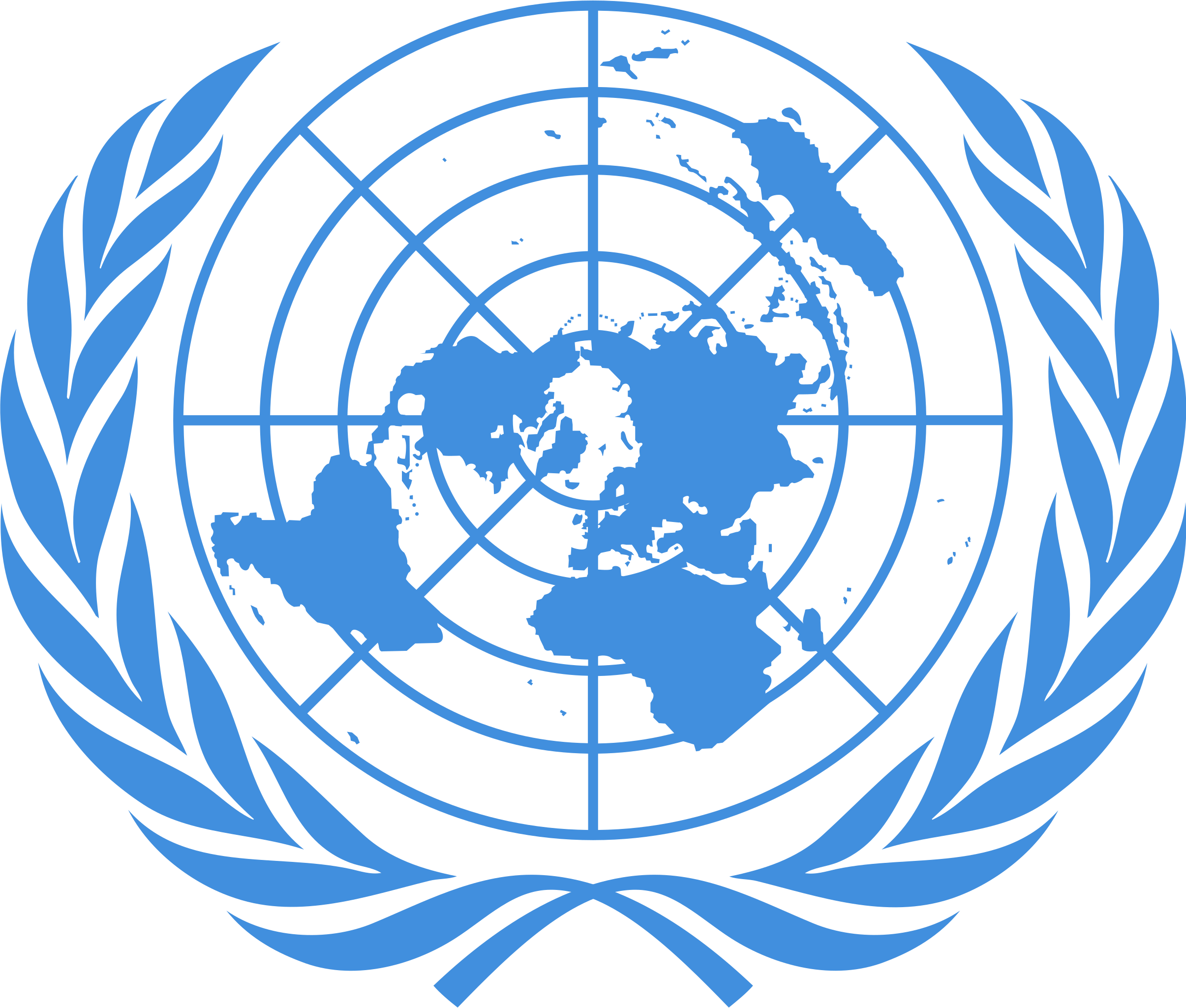 United Nations
United Nations
 Sport
Sport
 International cities
International cities
 Important port
Important port
 Companies
Companies